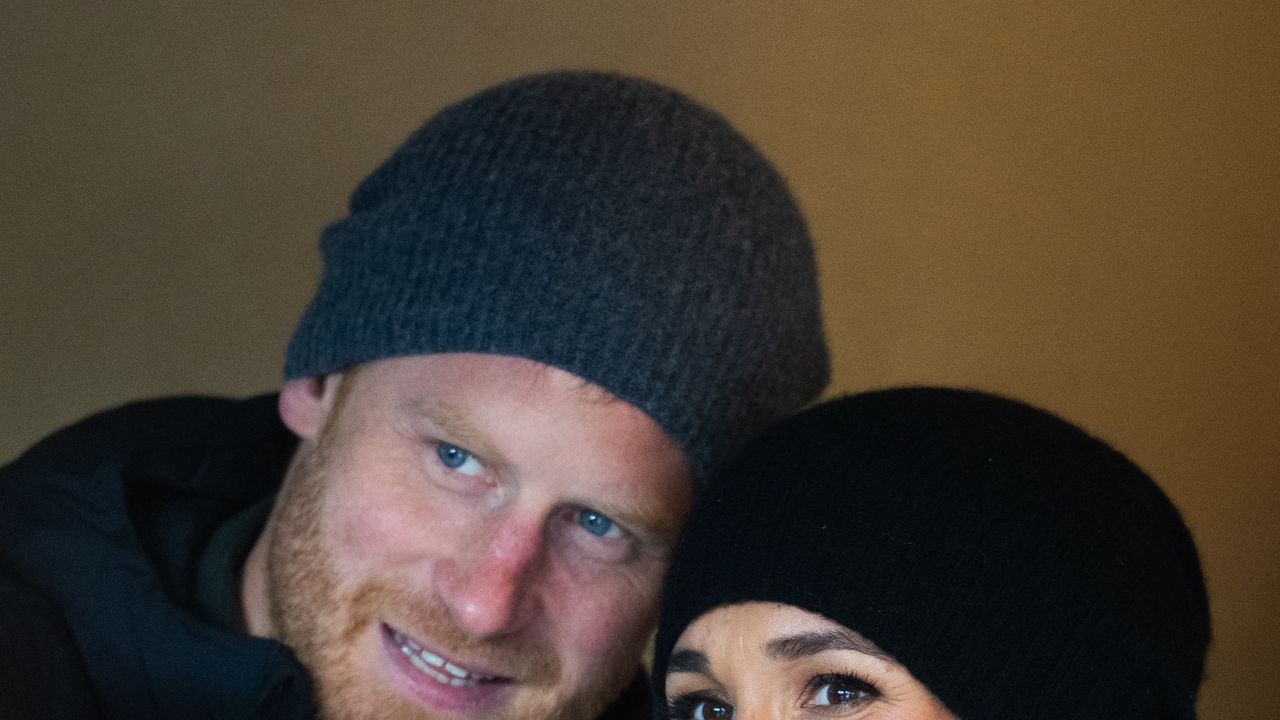Had the Duke gone ahead with his plan to take on the Spencer name, he would have lost Mountbatten-Windsor, the name currently used by the children he shares with Meghan Markle – Prince Archie and Princess Lilibet. The name was created by Queen Elizabeth II, who on 8 February 1960 decreed that her descendants should bear a surname that references both the House of Windsor and the name of her husband, Prince Philip, who replaced his ‘Prince of Greece and Denmark’ title with the surname ‘Mountbatten’ after he became a naturalised British citizen in 1947. Thus, ‘Mountbatten-Windsor’.
In a recent episode of Meghan Markle’s Netflix series, however, she claimed that the family was now going by the name of Sussex. During a conversation with Mindy Kaling on With Love, Meghan in March, the 43-year-old royal told her friend: ‘It’s so funny you keep saying “Meghan Markle” – you know I’m Sussex now.’ Explaining why the distinction was of such importance, Meghan added: ‘I didn’t know how meaningful it would be to me, but it just means so much to go “This is OUR family name. Our little family name.”’ If that ‘little family name’ had changed, Princess Lilibet’s full name would have been Lilibet Diana Spencer, a direct tribute to the three-year-old’s grandmother.
‘You know I’m Sussex now’: Meghan Markle told Mindy Kaling how important the Sussex name was to her during an episode of With Love, Meghan
JUSTIN COIT/NETFLIX
The fact that Prince Harry was willing to give up the Mountbatten-Windsor name, which is thought to be treasured by his father, King Charles, is a sign of just how toxic the relationship between the Duke of Sussex and his British family has become in recent years. But while it appears as though the Prince has never been more estranged from the House of Windsor, his relationship with his mother’s family remains strong.
